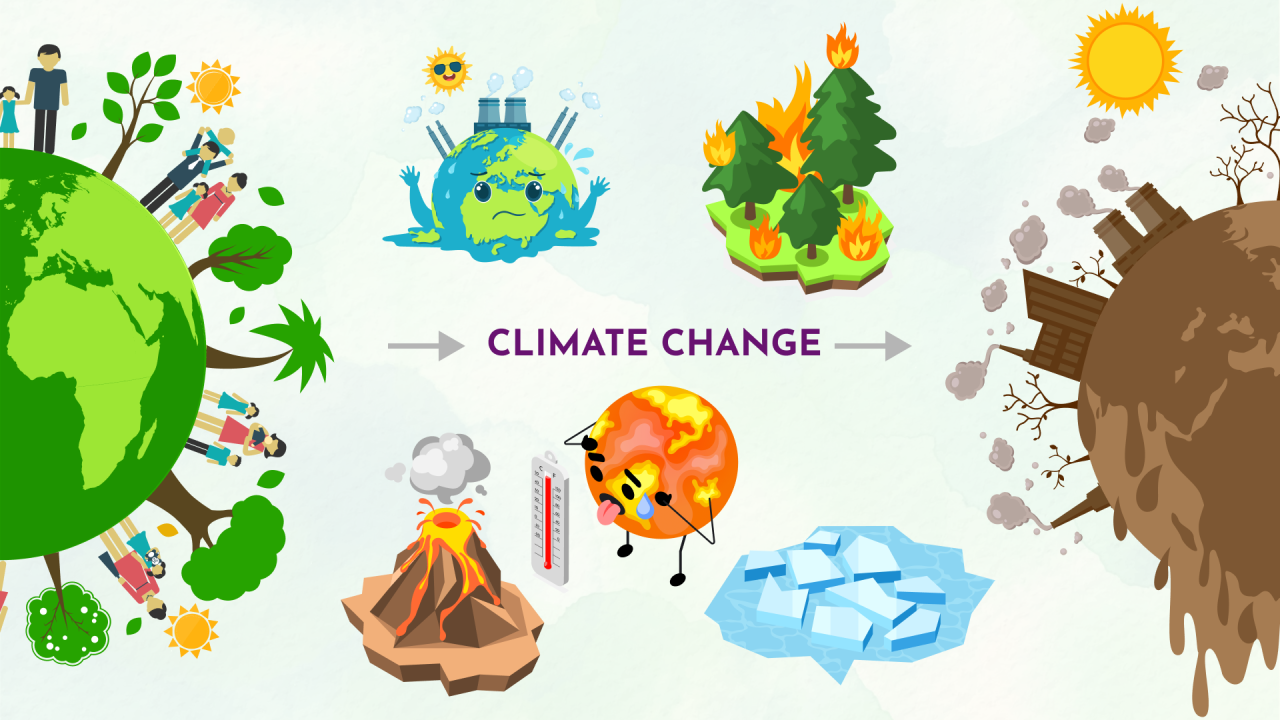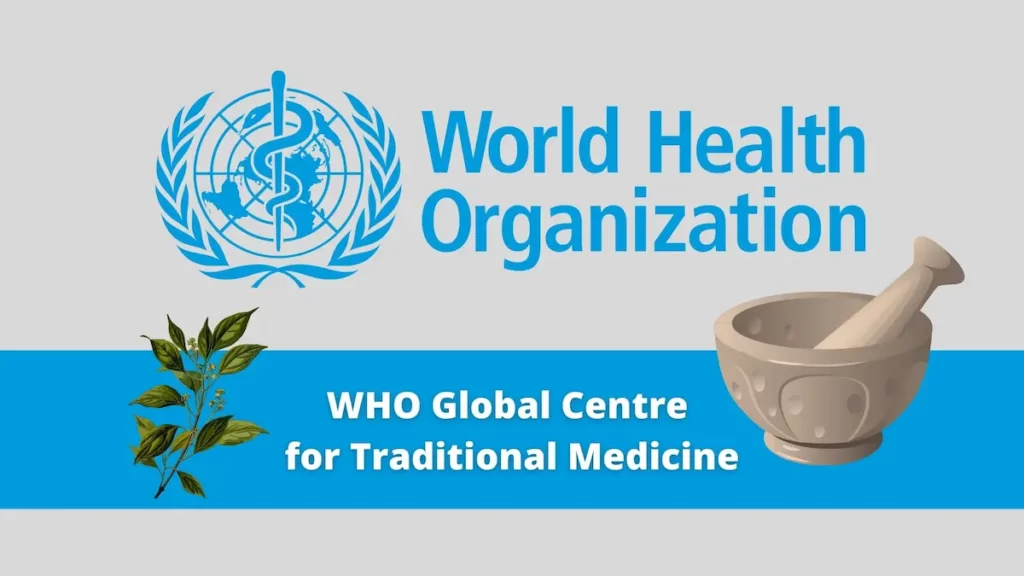Progress Towards Global Trans Fat Elimination: A 5-Year Milestone Report
Context:
The World Health Organisation (WHO) has recently published a milestone report that assesses progress made over the past five years towards eliminating industrially produced trans-fatty acids (TFA) from the global food supply.
- These harmful compounds are commonly found in processed foods and have been linked to heart disease and mortality.
Key Highlights
- Coverage Expansion: As of 2023, 53 countries have implemented best practice policies to tackle industrial trans fat in food.
- These policies enhanced the food environment for 3.7 billion people, equivalent to 46% of the world’s population, potentially saving around 183,000 lives each year, a significant advancement compared to 2018, when coverage was just 6%.
- Recent Policy Implementation: In 2023, seven countries—Egypt, Mexico, Nigeria, North Macedonia, Philippines, the Republic of Moldova, and Ukraine—adopted new best practice policies.
- In January 2024, WHO certified five countries—Denmark, Lithuania, Poland, Saudi Arabia, and Thailand—for their progress in eliminating industrially produced trans fat.
Challenges
- Over 4 billion people worldwide still lack protection from this toxic chemical, with the highest-burden concentrated in the WHO African and Western Pacific Regions.
- Implementing best practice policies in just eight additional countries could eliminate 90% of the global deaths.
Recommendations: It includes Policy Enactment, Monitoring and Enforcement, Subregional Action, and Industry Responsibility.
About Trans-fatty acids (TFA)
These are unsaturated fatty acids that come from either industrial or natural sources.
- Industrially-produced and naturally occurring trans fats are equally harmful.
- They are found naturally in small amounts in some animal products, but the main concern comes from artificial trans fats created during food processing.
- It can be found in margarine, vegetable shortening, Vanaspati ghee, fried foods, and baked goods and is also found naturally in meat and dairy foods from ruminant animals (e.g. cows, sheep, and goats).
- Consumption of artificial trans fats includes several health problems:
- Heart disease: They raise “bad” (LDL) cholesterol levels and lower “good” (HDL) cholesterol levels. This can increase your risk of heart attack and stroke.
- Type 2 diabetes: Trans fats may impair the body’s ability to use insulin, which can lead to type 2 diabetes.
- Industrially produced trans fat can be eliminated and replaced with healthier fats or oils without changing cost, taste or availability of food.
- WHO’s recommendation for adults is to limit consumption of trans fat to less than 1% of total energy intake, which is less than 2.2 g per day for a 2000-calorie diet.
Global Efforts to Eliminate TFA:
- The WHO has partnered with Resolve to Save Lives to support the development and implementation of the REPLACE action package.
- Pan American Health Organisation (PAHO) has launched the Plan of Action for the Elimination of Industrially Produced Trans-Fatty Acids 2020-2025.
- Many countries have implemented policies to limit TFA levels in foods, such as banning partially hydrogenated oils or setting maximum TFA limits.
- Healthier alternatives like plant oils, interesterified fats, and improved hydrogenation processes are available to replace TFA in foods.
Cis and trans fats are both types of unsaturated fats, but they differ in their chemical structure and health effects. The key difference lies in the arrangement of hydrogen atoms around a double bond in the fatty acid molecule.


